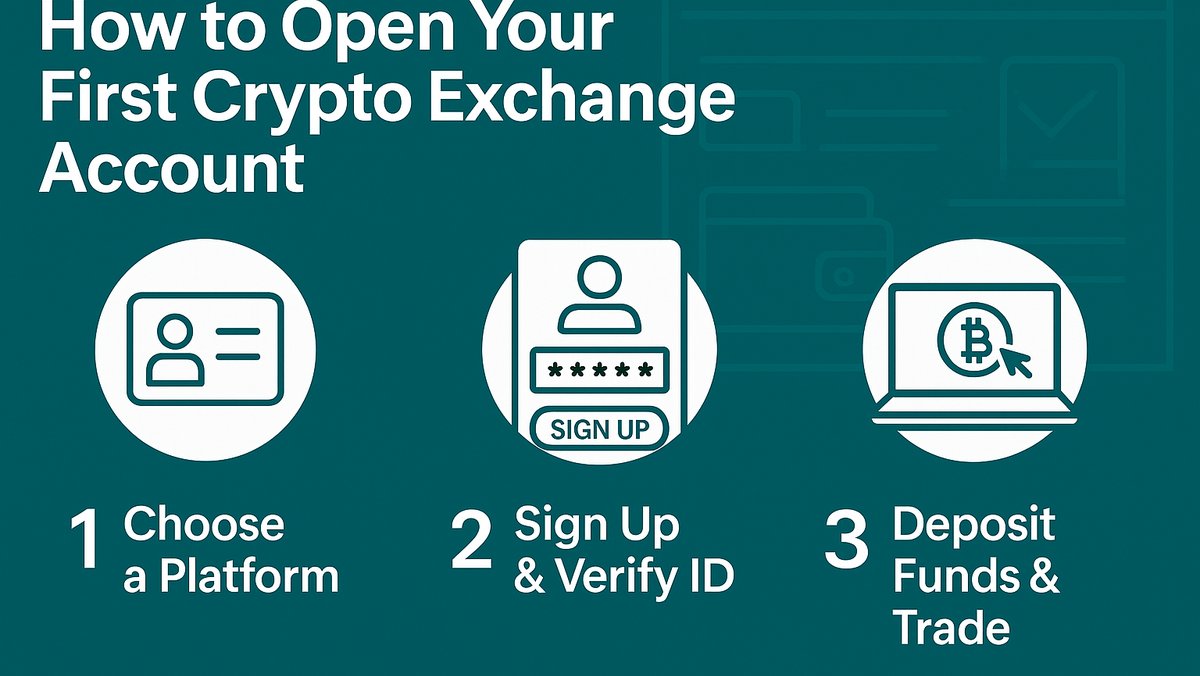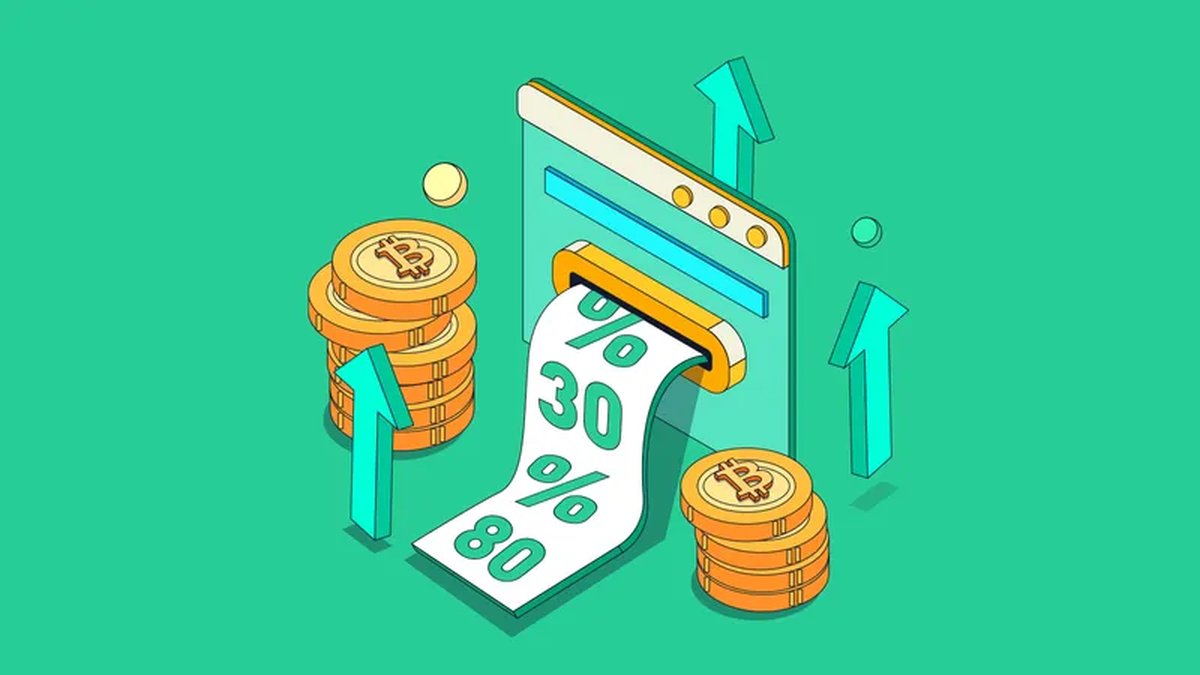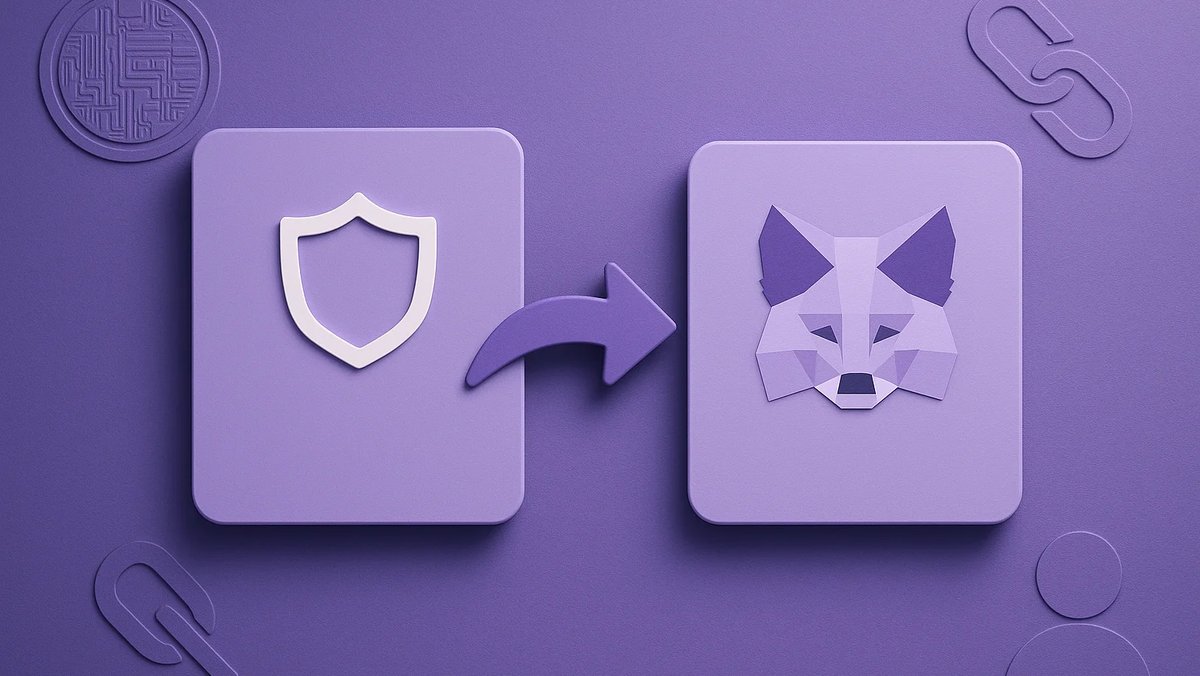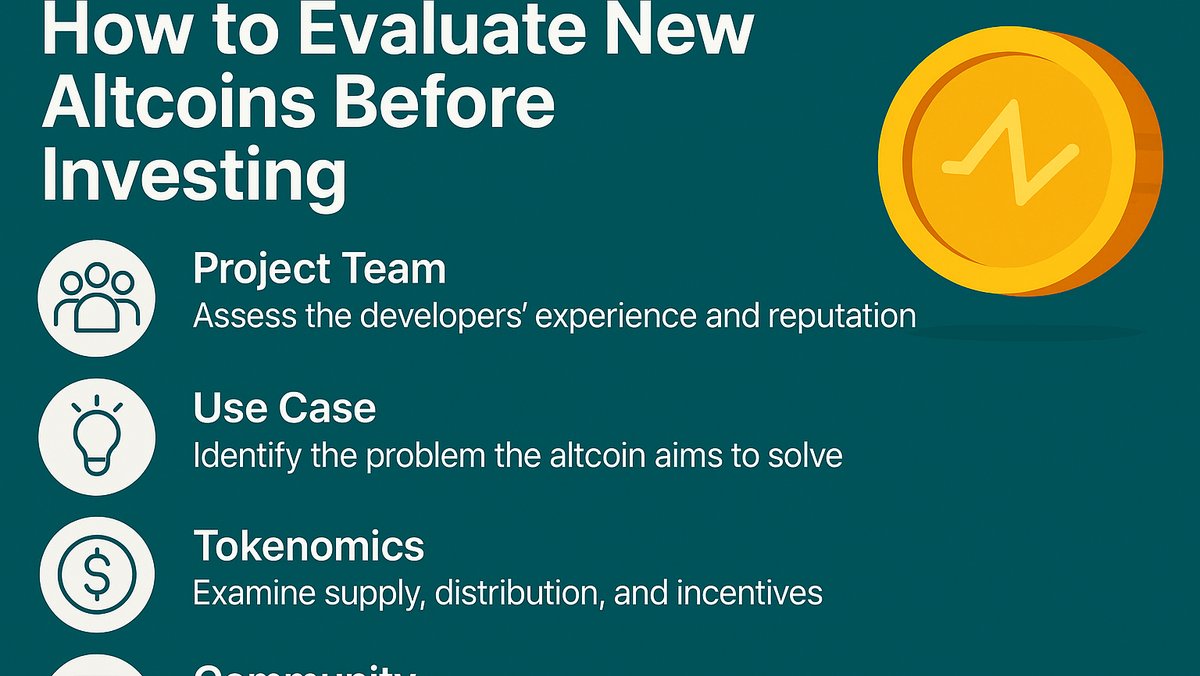How to Open Your First Crypto Exchange Account
Entering the world of cryptocurrency can be both exciting and intimidating. One of the very first steps to participate in this dynamic market is opening an account on a crypto exchange. Whether you want to buy Bitcoin, trade altcoins, or explore DeFi tokens, having a secure and well-verified exchange account is essential. This guide walks you through the entire process — from understanding how exchanges work, choosing the right platform, to completing registration and enhancing your security settings — so that you can confidently start your crypto journey.
Understanding What a Crypto Exchange Is
A crypto exchange is a digital marketplace where users can buy, sell, and trade cryptocurrencies such as Bitcoin (BTC), Ethereum (ETH), and thousands of other tokens. Exchanges act as intermediaries, similar to stock brokerages, providing liquidity and facilitating transactions between buyers and sellers. Some exchanges are centralized (CEX), managed by a company, while others are decentralized (DEX), operating via smart contracts on blockchain networks.
Centralized exchanges like Binance, Coinbase, or Kraken offer user-friendly interfaces and fiat on-ramps, making them ideal for beginners. Decentralized exchanges such as Uniswap or PancakeSwap provide greater autonomy and privacy but may require more technical knowledge. Understanding these models helps you choose the best platform for your goals and risk tolerance.
Step-by-Step: Opening Your First Exchange Account
Step 1: Research and Choose a Reliable Exchange
Start by selecting a reputable exchange. Evaluate key factors like:
- Security: Does the platform use cold storage, 2FA, and insurance coverage?
- Regulation: Is it licensed in your jurisdiction or compliant with AML/KYC policies?
- Ease of use: A clean interface and responsive mobile app make trading easier for beginners.
- Supported assets: Ensure the tokens you want are available for trade.
- Fees: Look for transparent trading, withdrawal, and deposit fees.
Top beginner-friendly exchanges include Coinbase for simplicity, Binance for variety, and Kraken for strong compliance standards.
Step 2: Create an Account
Visit the exchange’s official website and click “Sign Up.” Provide a valid email address, create a strong password, and accept the terms of service. Be cautious of phishing sites — always double-check URLs and use bookmarks.
Step 3: Verify Your Identity (KYC)
Most centralized exchanges require KYC (Know Your Customer) verification to comply with anti-money laundering (AML) laws. You’ll need to upload identification documents such as a passport, driver’s license, and sometimes proof of address. The process may take minutes to a few hours. Completing KYC unlocks higher withdrawal limits and full trading functionality.
Step 4: Enable Security Features
Before depositing funds, enhance your account security. Enable Two-Factor Authentication (2FA) via Google Authenticator or Authy. Set up anti-phishing codes, withdrawal whitelist, and email alerts. Consider using a hardware security key (like YubiKey) for maximum protection.
Step 5: Deposit Funds
Once verified, you can fund your account using either fiat (USD, EUR, VND) or cryptocurrency. Most exchanges accept bank transfers, credit cards, or payment gateways. Be mindful of deposit fees and processing times. Alternatively, you can deposit crypto from another wallet.
Step 6: Start Trading
Now you can explore the exchange’s trading dashboard. Beginners can start with “Market Orders” for instant execution or use “Limit Orders” to set preferred prices. Avoid using leverage or margin trading until you fully understand the risks. You can also use spot trading to buy and hold, or convert features for one-click swaps.
Step 7: Withdraw and Secure Your Assets
Exchanges are convenient but not designed for long-term storage. After purchasing, consider transferring your crypto to a non-custodial wallet such as MetaMask or a hardware wallet like Ledger or Trezor. “Not your keys, not your coins” remains a golden rule in crypto.
Tips for a Safe and Smooth Experience
- Always use strong, unique passwords.
- Avoid public Wi-Fi when accessing your account.
- Double-check wallet addresses before sending funds.
- Enable withdrawal whitelist to restrict destinations.
- Stay alert for phishing emails and scam giveaways.
Security mistakes can be irreversible in crypto, so vigilance is essential.
Common Mistakes to Avoid
Beginners often rush into trading without understanding basic concepts. Avoid these pitfalls:
- Ignoring fees: Small transaction fees add up over time.
- Overtrading: Frequent buying/selling can erode profits.
- Leaving funds on exchange: Hacks or insolvencies can lead to losses.
- Falling for hype: Research projects before investing; avoid FOMO.
Understanding Exchange Types
Centralized Exchanges (CEX)
Operate under a company’s management, offering user-friendly experiences, fiat support, and customer service. Examples: Coinbase, Binance, Kraken.
Decentralized Exchanges (DEX)
Run on blockchain smart contracts with no intermediaries. Users retain custody of their funds but face steeper learning curves. Examples: Uniswap, SushiSwap, PancakeSwap.
Many traders use both — CEX for fiat on-ramp and DEX for DeFi opportunities.
Regulation and Compliance
Regulatory frameworks vary by country. U.S. exchanges must register with FinCEN and comply with KYC/AML rules. In the EU, MiCA regulations aim to protect consumers. In Asia, countries like Japan and Singapore enforce licensing, while others remain more lenient. Always verify whether your chosen platform operates legally in your jurisdiction.
Long-Term Outlook
As adoption rises, exchanges are evolving beyond trading into full-fledged ecosystems offering staking, lending, NFT marketplaces, and DeFi integrations. Institutional involvement is increasing, and self-custody solutions are becoming mainstream. For beginners, mastering the basics of account creation, security, and responsible investing forms the foundation for deeper crypto participation.
Conclusion
Opening your first crypto exchange account marks the gateway into the digital asset revolution. By carefully selecting a platform, completing KYC, and implementing strong security measures, you can start exploring cryptocurrencies safely. Education, patience, and consistent risk management will help you thrive in this ever-changing space.
Further Reading and Resources
Guides | Crypto Tax | Crypto
Frequently Asked Questions
What documents do I need for KYC? A government-issued ID, selfie, and sometimes proof of address.
Is it safe to keep funds on an exchange? Not entirely. Use exchanges for trading, but transfer long-term holdings to personal wallets.
Can I trade without verification? Some DEXs allow anonymous trading, but most CEXs require KYC for legal compliance.
What are the best exchanges for beginners? Coinbase, Binance, and Kraken offer intuitive interfaces and strong security.
How much should I invest first? Start small — only invest what you can afford to lose. Focus on learning before scaling.







